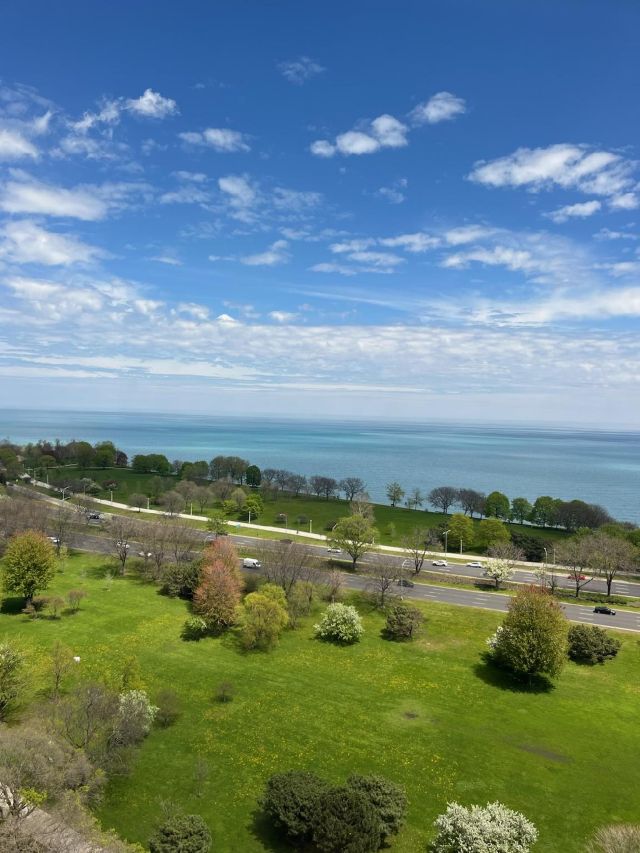Recipe for large crowds at sno-parks this weekend
Published 4:00 am Thursday, February 11, 2010
President’s Day weekend is usually a busy time for Central Oregon’s recreation areas, but this year could be even more crowded than usual, says Chris Sabo, trails specialist for the Deschutes National Forest.
Trail conditions are looking “pretty decent” across the forest and “really good” at higher elevations, Sabo said Wednesday, as light snow fell on his snowmobile group near Wanoga Butte south of Wanoga Sno-park.
“The ski trails, especially around Virginia Meissner Sno-park, are going to be in pretty close to great shape,” he said. “The non-groomed trails will be anywhere from fair to good depending on the elevation. The lowest-elevation trails on the forest are still marginal to not rideable, but that’s the very lowest.”
Sabo said the Six Mile and Lower Three Creek sno-parks do not have enough snow to ride or ski.
Elsewhere, though, trail groomers are “hitting it pretty hard, working on getting it in tip-top shape,” he said.
Combine all that good news with the coming holiday weekend and lack of snow in other parts of the Northwest, and you have a recipe for potentially huge crowds on the trails, Sabo said.
Big crowds mean folks should watch out for each other, be considerate and take care on roads and trails, even more so than usual. Sabo predicted that the Meissner, Wanoga, Dutchman, Edison and Ten Mile areas are likely to be “hammered” with people unless rain moves in and slushes things up, thus keeping those people away.
Besides each other, snowplay enthusiasts should be aware of the potential for avalanche danger, Sabo said. Forest officials have had reports of natural and human-caused slides in recent weeks.
“The word is that with this warmer snowpack, things aren’t maybe as set up as they would be with a normally cold winter, so we’ve got some warmer temperatures in the snowpack and some built-in, persistent instability, perhaps, on certain slopes in certain areas,” he said. “Folks need to keep an eye on things. Use caution. Do your snowpack assessments and slope stability assessments.”






